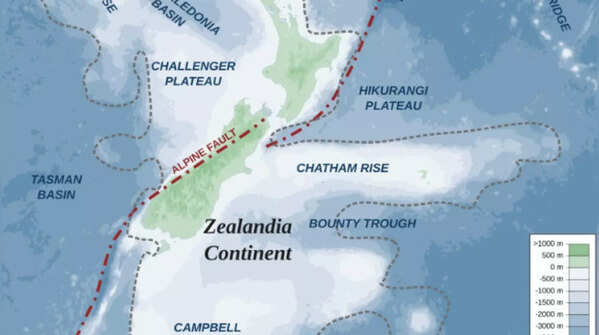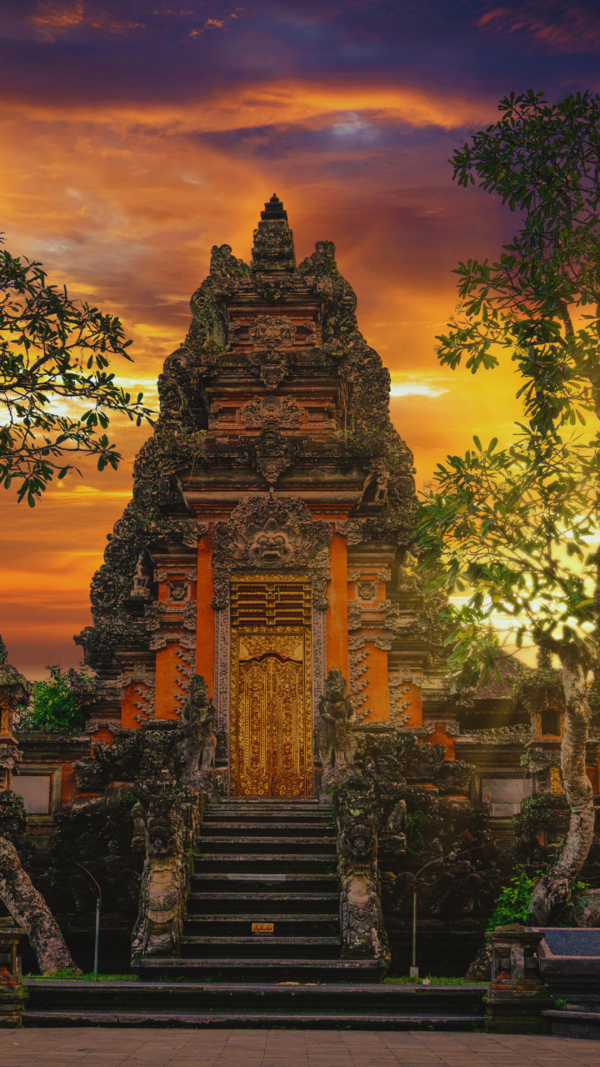- News
- 5 interesting facts about Zealandia the continent that got lost in the ocean
5 interesting facts about Zealandia the continent that got lost in the ocean

5 interesting facts about Zealandia the continent that got lost in the ocean
For centuries, the world believed there were only seven continents. But after 375 years of mystery and debate, scientists identified Zealandia as the Earth's eighth continent. This lost landmass sits beneath the Pacific Ocean and includes New Zealand and New Caledonia lying almost entirely underwater. At about 4.9 million square kilometers which is around six times the size of Madagascar, Zealandia challenges how we’ve traditionally defined what a continent is.
What makes Zealandia so interesting is how it’s gone unnoticed for so long. Unlike other continents that are clearly visible above sea level, 93% of Zealandia is submerged beneath ocean waters. It was only in recent years that scientists used new geological mapping technologies and seafloor rock sampling to prove it meets all the key criteria of a continent.
This breakthrough not only rewrites geography books, but it also gives us a fresh lens to view Earth's geological history, particularly how continents can break away, sink, and evolve. Here are some amazing facts about Zealandia that you must know!

How did Zealandia stay hidden in plain sight?
Though the idea of Zealandia was proposed in 1995 by geologist Bruce Luyendyk, most scientists were unsure about its existence. Satellite images showed it was almost as big as Australia, but being underwater made it easy to overlook. For centuries, it was considered a series of small islands rather than one large landmass. Recent progress in geophysical mapping and rock sampling changed that, proving Zealandia is one large, continuous piece of continental crust although most part of it remains submerged.

What makes it a continent?
Continents aren't just defined by size. To qualify for being given the standard of a continent, a landmass needs to have a thick continental crust, distinct geology, and clear separation from surrounding ocean basins. Zealandia ticks all these boxes. Its crust is made up of granite and metamorphic rocks, which suits the case of a typical continental crust and its structure was shaped by tectonic forces over millions of years. Although it’s only 20 km thick, which is thinner than most continents, it’s still far thicker than the oceanic crust.

Zealandia’s journey began with Gondwana
Zealandia’s story dates back nearly 85 million years when it broke off from the supercontinent Gondwana. It was once connected to what is now Antarctica and Australia. After splitting away, it drifted across the Pacific and was later warped and partially submerged by tectonic activity around the Pacific Ring of Fire. Today, only a few parts like New Zealand are above sea level, while the rest lies hidden beneath ocean waters.

The ridges, rifts, and rocks of Zealandia
Zealandia is shaped by two major ridges that rise above the ocean floor, separated by a failed rift. These ridges climb about 1,000 to 1,500 meters above the seabed. While the region includes several rocky islands, it’s the underwater terrain that tells the full story. Rock samples from the seafloor have revealed signs of ancient geological formations from Rodinia that date back to 1 billion years ago) and Gondwana to 500–700 million years ago, and even the early Ur continent to 2–3.5 billion years ago.

A hotspot of special biodiversity and evolution
Though 93% of Zealandia lies submerged beneath the ocean, the land that remains above sea level hosts some of the world’s most unique and ancient species. Many of these evolved in isolation after Zealandia broke away from Gondwana around 80 million years ago. Because of this separation, the continent developed a biodiversity profile that’s strikingly different from other landmasses. New Zealand, for example, is home to some of the world’s most rare wildlife. Like the kiwi, which is a small, flightless bird that’s become a national symbol, and the tuatara, a reptile that’s been around since before the dinosaurs went extinct.








